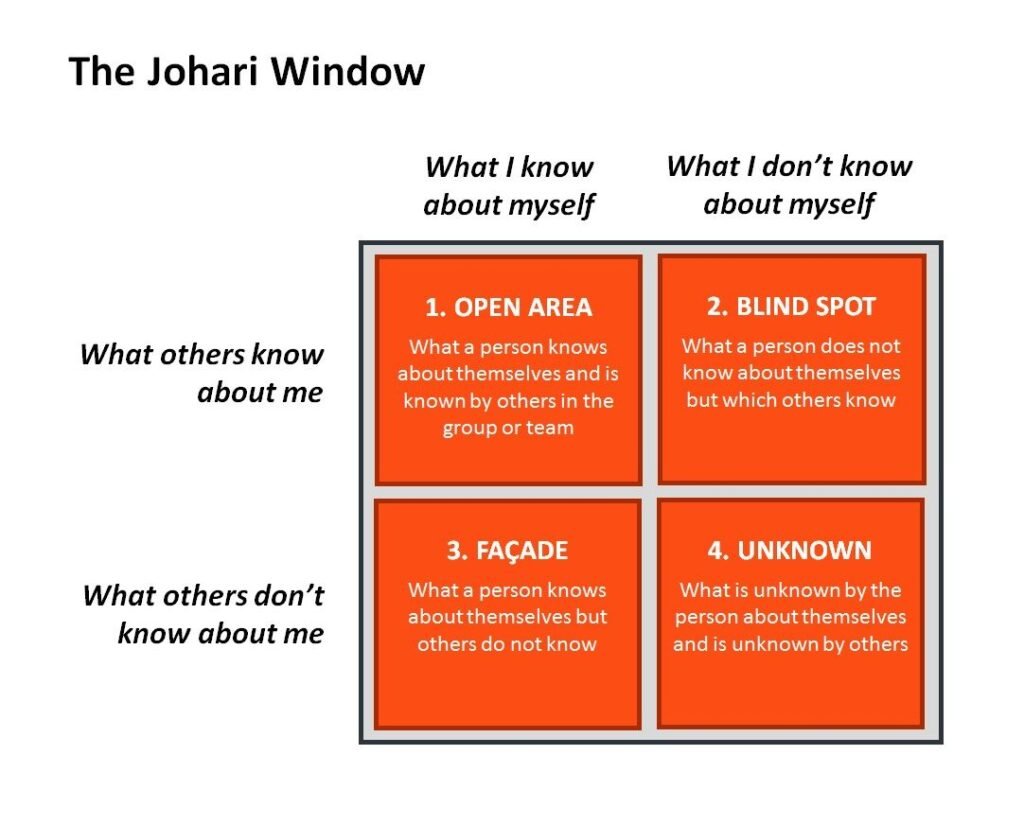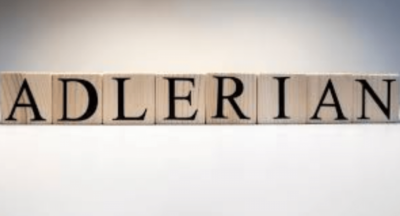
Understanding Flow in Positive Psychology
YOU CAN SEE THE COMPLETE IMMERSION AND FOCUS IN ALL THE ABOVE ACTIVITIES, SO THAT THEY HAVE ACHIEVED GREATNESS IN LIFE
Understanding Flow in Positive Psychology
In positive psychology, flow refers to a state of complete immersion and focus in an activity, where one experiences a sense of energized focus, full involvement, and enjoyment. Coined by psychologist Mihaly Csikszentmihalyi, flow is characterized by a deep sense of satisfaction and fulfillment, often described as being “in the zone.”
During flow, individuals are fully engaged in an activity, losing track of time and experiencing a sense of effortless concentration. They are motivated intrinsically, finding the activity itself rewarding and enjoyable. Flow can occur in a variety of contexts, such as work, hobbies, sports, or creative pursuits.
Flow is often associated with several key components: In Jo-Harry window, if some one is having more of open area, they can FEEL the FLOW more easily.
The Jo-Hari Window: Understanding Self-Awareness

johari window
The Jo-Hari Window is a psychological tool used to enhance self-awareness and improve interpersonal communication. It was developed by psychologists Joseph Luft and Harry Ingham, hence the name Jo-Hari. The window consists of four quadrants that represent different aspects of our self-awareness:
Examples of the Four Quadrants of the Jo-Hari Window
1. Open Area: This quadrant represents the aspects of ourselves that are known to us and others. It includes our behaviors, attitudes, and feelings that we openly express. For example, if someone is confident and outgoing, these traits would be part of their open area.
2. Blind Spot: The blind spot quadrant represents aspects of ourselves that others can see, but we are unaware of. These are often blind spots in our behavior or personality that we may not recognize. For example, someone may have a tendency to interrupt others during conversations without realizing it.
3. Hidden Area: The hidden area represents aspects of ourselves that we are aware of, but choose not to reveal to others. These may include personal thoughts, fears, or insecurities. For example, someone may have a fear of public speaking but keep it hidden from others.
4. Unknown Area: The unknown area represents aspects of ourselves that are unknown to both us and others. These may include unconscious thoughts, repressed memories, or undiscovered talents. As we gain self-awareness, some aspects of the unknown area may shift into other quadrants.
Applications of the Jo-Hari Window in Counseling
The Jo-Hari Window is widely used in counseling and therapy settings to facilitate self-awareness, personal growth, and improved communication. Some of the key applications include:
1. Increasing Self-Awareness: The Jo-Hari Window helps individuals gain a clearer understanding of their own strengths, weaknesses, and blind spots. By exploring the different quadrants, individuals can identify areas for personal growth and development.
2. Enhancing Communication: The Jo-Hari Window can be used to improve interpersonal communication by increasing mutual understanding and empathy. By sharing information from the hidden and blind spot quadrants, individuals can build trust and strengthen relationships.
3. Managing Conflict: The Jo-Hari Window can be a valuable tool in resolving conflicts. By identifying areas of disagreement or misunderstanding, individuals can work towards finding common ground and developing effective solutions.
4. Facilitating Personal Development: The Jo-Hari Window can be used to guide personal development and self-improvement efforts. By expanding the open area and reducing the blind spot, individuals can enhance their self-confidence, self-esteem, and overall well-being.
Why the Open Area in the Jo-Hari Window Should Be More
The open area in the Jo-Hari Window should ideally be more extensive because it promotes self-awareness, transparency, and effective communication. When the open area is larger, individuals have a better understanding of their own strengths and weaknesses, which allows them to make informed decisions and take appropriate actions.
A larger open area also fosters trust and authenticity in relationships. When individuals are open and honest about their thoughts, feelings, and intentions, it creates a safe space for open dialogue and understanding. This can lead to stronger connections, improved collaboration, and more effective problem-solving.
Furthermore, a larger open area enables individuals to receive feedback and learn from others. By being receptive to feedback, individuals can gain valuable insights about themselves and make necessary adjustments for personal growth.
In conclusion, the Jo-Hari Window is a powerful tool for self-awareness and interpersonal communication. By understanding the four quadrants and focusing on expanding the open area, individuals can enhance their personal and professional relationships, promote personal growth, and cultivate a more fulfilling life.
Related Posts
A Comprehensive Guide to Adlerian Psychotherapy and its Benefits
Introduction Adlerian Psychotherapy, also known as Individual Psychology, is a...
Understanding Transactional Analysis: Analyzing Human Behavior and Relationships
https://www.youtube.com/watch?v=jsYwmeVSrHohttps://www.youtube.com/watch?v=4TVdALi...
Understanding Drivers in Transactional Analysis
Introduction Transactional Analysis (TA) is a psychological theory that helps...






Good explanation
Explained well
Thanks for the content of yesterday’s class. Was helpful to recall
Kaviyasri
I have understood the flow and through the jo-hari I got to know what and all not known by myself from my friends
Thanks sir for the clear cut explanation and both the session were very informative and i explained to my family also,thanks a lot.